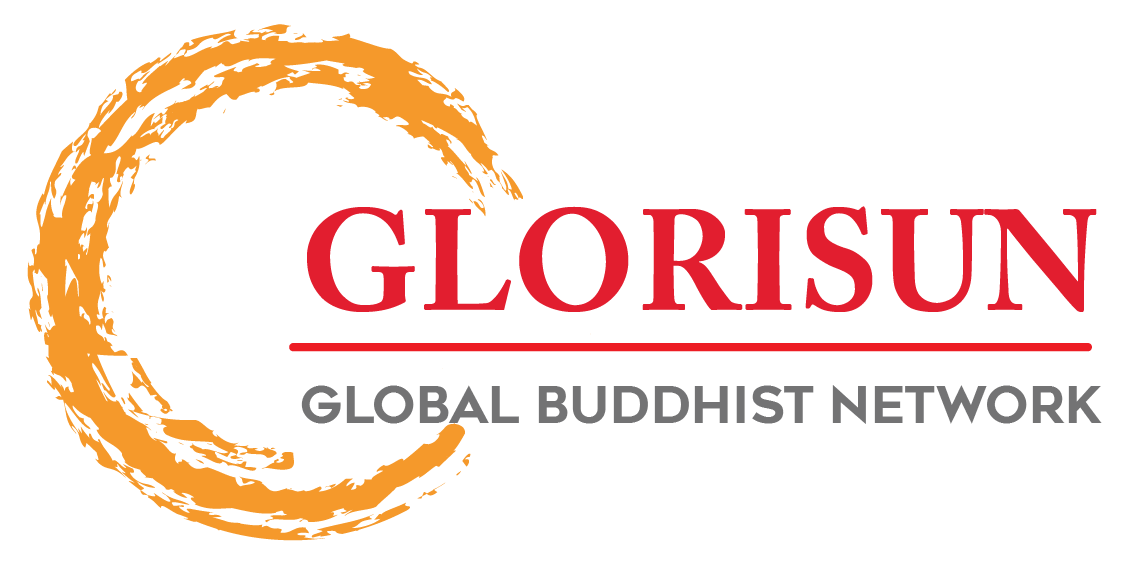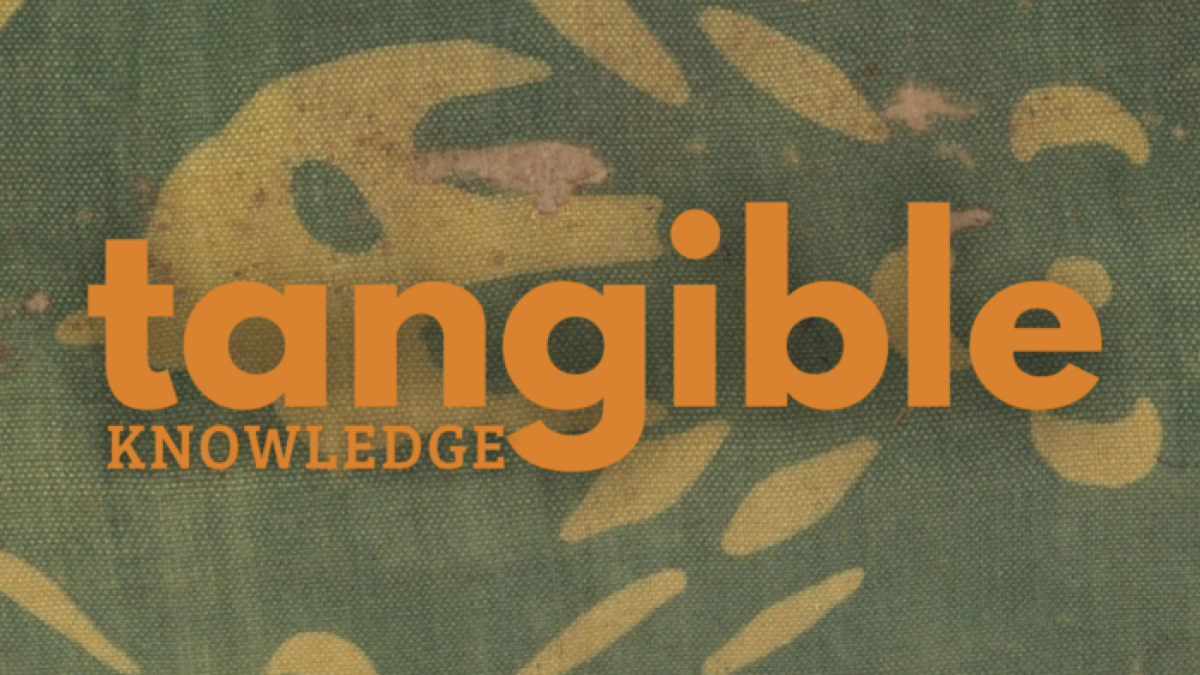Sponsored by the Numata Visiting Scholar Fund
Mar 1, 2025 – Mar 2, 2025
Details:
Knowledge takes tangible forms. Books and artworks do not simply convey information; they also embody technical knowledge such as papermaking or weaving and manifest the processes of thinking that enable an object’s production. This conference looks at the relationship between material goods and knowledge through the lens of the Shōsōin, an eighth-century treasure house located near the Tōdaiji monastery in Nara, Japan. The Shōsōin houses over 9,000 objects and around 10,000 documents from the eighth century and earlier, making it one of the most important collections of texts and art in the premodern world. Its treasures include not only domestically produced goods, but also items from the Korean peninsula, Tang China, Sasanian Iran, and beyond. Its manuscripts are mostly from a single institution: an eighth-century office for copying Buddhist scripture. This makes the Shōsōin among the richest archives and the Tōdaiji Sutra Copying Office, whose records it preserves, likely the best-documented scriptorium in the medieval globe.
Papers will be presented in either English or Japanese. The keynote will be in Japanese with an English interpreter. For the other papers, bilingual abstracts will be provided and interpreters will be available for q&a.
Conference organized by Bryan Lowe and Akiko Walley.
Schedule:
Saturday, March 1
9:00 AM: Welcoming Remarks, Overview of the Shōsōin
Akiko Walley (University of Oregon) and Bryan Lowe (Princeton University)
9:15 AM: Keynote Lecture
Iida Takehiko (Office of the Shōsōin), “The History of the Transmission and Management of Shōsōin Treasures”
10:15 AM: Coffee Break
10:30 AM Panel 1: Textiles
Monika Bincsik (The Metropolitan Museum of Art), “Shōsōin and Hōryūji Textile Fragments in The Met’s Collection”
Jorie Johnson (Textile Designer, Traditional Felt Researcher), “The Genius of the Shōsōin Kasen Felts”
Yukio Lippit (Harvard University), “The Shōsōin Robes: A Reconsideration of Their Meaning and Shōmu’s Kingship”
Rachel Richman (Princeton University), “Spinning their Stories: Women and Textiles in Medieval Egypt”
12:20 PM: Lunch
1:30 PM: Panel 2: The Materiality of Writing in Calligraphy and Paper
Hashimoto Takaaki (Kokugakuin University), “Calligraphic Forms Created by ‘Writing Brushes with Core Hair’ (Yūshinhitsu): Based on Shōsōin Examples”
Miyazaki Kenji (Ōtani University), “The Calligraphic Form of Nara-period Copied Sutras (A Preliminary Analysis): Focusing on Grass Script”
Halle O’Neal (University of Edinburgh), “Collaged Stories and Layered Somatics: Paper’s Ritual Reuse in Medieval Japan”
Devin Fitzgerald (UCLA), “Was there a Paper Information Revolution? Paper, Information Technologies, and Evidence for Social Change across Afro-Eurasia (200-1400)”
3:20 PM Coffee Break
3:30 PM: Panel 3: Bureaucracies and Record-Keeping
Yagoshi Yōko (Meiji University), “Documents and Statutes on Official Communications: Ideals and Realities of Document Administration”
Xin Wen (Princeton University), “How to Annex a Province: Population Registration in Turfan under the Tang Empire”
Stephen F. Teiser (Princeton University), “Donation Registers from Dunhuang: Genre, Codicology, Financial Management”
Ōkusa Hiroshi (Ōtani University), “Low-Ranking Officials and Buddhism’s Spread in the Nara Period”
6:00 PM: Reception and Dinner
Sunday, March 2
9:00 AM: Panel 4: Receptions and Afterlives
Danica Truscott (Harvard University), “Textual Afterlives of Man’yōshū: Manuscripts, Commentaries, and Author-based Collections”
Inada Natsuko (Tokyo University), “The Production and Use of ‘Drawings of Shōsōin Treasures’ in Bakumatsu and Meiji Periods”
Eve Krakowski (Princeton University), “An Anti-Archive, An Accidental Archive, or Something in Between? The Cairo Geniza from the 10th to 20th centuries”
Dora Ching (Princeton University), “Building Knowledge: The Lo Archive Photographs of Dunhuang”
Akiko Walley (University of Oregon), “Calligraphy as Calligrapher: Tōdaiji and the Afterlives of Copied Sutras Attributed to Emperor Shōmu”
11:15 AM: Coffee Break
11:30 AM: Final discussion
3月1日(土)
9:00 AM: 挨拶、正倉院の概説
ウォーリー朗子(オレゴン大学)、ブライアン・ロウ(プリンストン大学)
9:15 AM: 基調講演
飯田剛彦(正倉院事務)「正倉院宝物の伝来と管理の歴史」
10:15 AM: コヒー休憩
10:30 AM: パネル1: 染織品
モニカ・ビンチク(メトロポリタン美術館)「メトロポリタン美術館所蔵の正倉院と法隆寺伝来裂」
ジョリー・ジョンソン (テキスタイルデザイナー、伝統的なフェルトの研究者)「正倉院花氈の妙技」
ユキオ・リピット(ハーバード大学)「正倉院の袈裟:その意味と聖武王権の再考察」
レイチェル・リッチマン (プリンストン大学)「紡がれる彼女たちの物語:中世エジプトの女性と織物」
12:20 PM: 昼食
1:30 PM: パネル2:書の物質性:書道と紙を通じて
橋本貴朗(國學院大学)「有芯筆のもたらす造形-正倉院筆を基点として-」
宮﨑健司( 大谷大学)「奈良朝写経の字姿(試論)-草書を中心に-」
ハリー・オニール(エディンバラ大学)「つぎはぎな物語と重なる身体-中世日本における紙の儀式的再利用」
デビン・フィッツジェラルド (カリフォルニア大学ロサンゼルス校)「紙の情報革命があったのか-紙、情報技術、アフロユーラシアにおける社会変化の証拠(200年〜1400年」
3:20 PM: コヒー休憩
3:30 PM: パネル3 :官僚と記録
矢越葉子(明治大学)「公式令と文書-文書行政の理念と実態」
文欣(プリンストン大学)「「「 を併合するやり方-唐帝国下のトゥルファンにおける籍帳」
スティーブン・タイザー” (プリンストン大学)「敦煌からの疏(施入疏,迴向疏,捨施疏,供養具疏など):ジャンル、書誌学、財務管理」
大艸啓(大谷大学)「奈良時代の下級官僚と仏教の広がり」
6:00 PM: 懇親会・夕食
3月2日(日)
9:00 AM: パネル4:受容と後世
ダニカ・トラスコット(ハーバード大学)「万葉集テキストのその後-写本、注釈、歌集」
稲田奈津子(東京大学)「幕末・明治における『正倉院宝物図』の作成と活用 」
イヴ・クラコウスキー (プリンストン大学) 「反アーカイブ、偶発的アーカイブ、あるいはその間?-10〜20世紀のカイロ・ゲニザ文書」
ウォーリー朗子(オレゴン大学)「書は人なり-聖武天皇に仮託された写経切のその後と東大寺―」
ドーラ・チン (プリンストン大学) 「知識の構築:ロー・アーカイブの敦煌写真資料」
11:15 AM: コヒー休憩
11:30 AM: 総論
- Department of Religion
- East Asian Studies Program
- Humanities Council
- Tang Center for East Asian Art
- Glorisun Global Network for Buddhist Studies
See the original event posting here.

